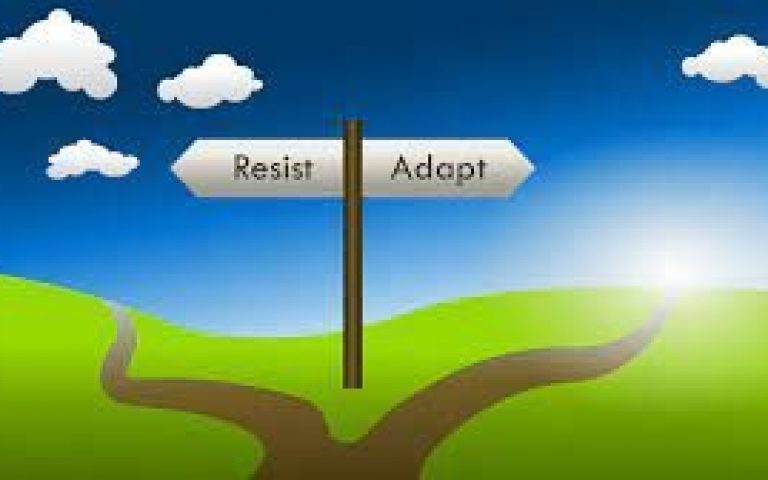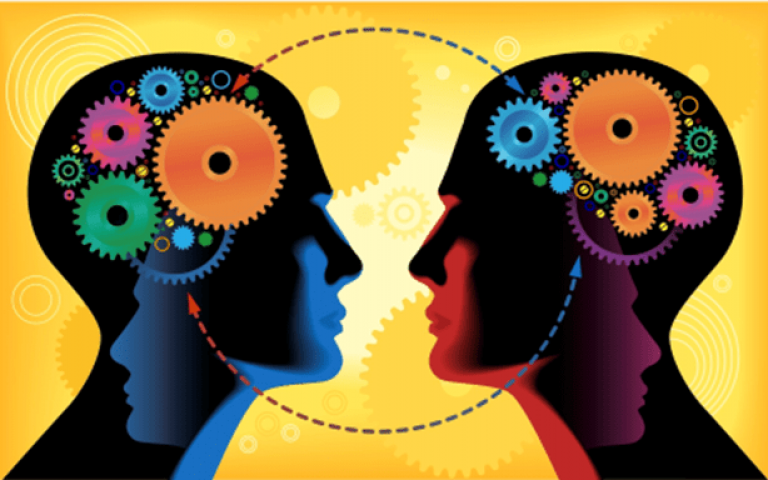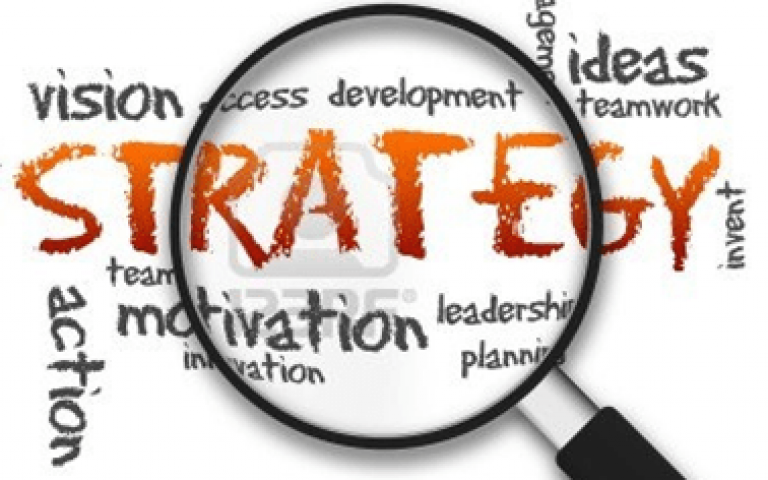Understanding consumer behavior is a vital aspect of successful business strategy. It’s the study of individuals, groups, or organizations and the processes they utilize to select, secure, use, and dispose of products, services, experiences, or ideas to satisfy their needs and desires. The fate of various businesses around the world is intrinsically tied to how well they understand and respond to their customers’ behavior.
Conceptually, consumer behavior stands at the intersection of various disciplines such as psychology, sociology, and economics. It aims to unravel the intricate process of decision-making that underlies the basic question every business grapples with: why does a consumer choose one product or service over another?
One of the key components that shape consumer behavior is cultural influences. They provide a broad framework that determines an individual’s desires and behaviors, thereby significantly affecting their purchase decisions. Cultural elements include subcultures and social classes, each having distinct preferences and aversions. An example that aptly captures this is the varied appeal of a product across different age groups, which clearly exhibits the influence of subcultural segmentation on consumer behavior.
Personal factors, like age, lifestyle, personality, and economic situation, also substantially impact consumer behavior. These elements determine an individual’s specific needs and the selection of products that cater to these needs. A young, active individual may prioritize health and fitness products, while an older person may value convenience and comfort more.
Social factors, including reference groups, family, and societal roles, further guide consumers’ purchase decisions. Peer influence often nudges consumers towards or away from products. Similarly, family members can exert a significant influence on purchasing habits, especially in households where collective decisions are common.
In the current digital era, analyzing consumer behavior has become more sophisticated with the advent of big data and artificial intelligence. Businesses can now track online shopping patterns, website visits, and social media interactions to understand consumer preferences and forecast trends. Yet, one thing remains constant: successful companies are those that understand and cater to the ever-evolving needs and desires of their consumers.
Consumer behavior’s essence lies in recognizing what drives consumers’ choices. By identifying these drivers, businesses can customize their strategies to address these needs, thereby cultivating brand loyalty and enhancing market performance. In today’s fast-paced global marketplace, understanding consumer behavior isn’t just a competitive edge – it’s an imperative. Businesses must continuously adapt to consumer behavior to maintain their market position, highlighting the significance of keeping their fingers on the pulse of consumer preferences and market trends.
***
TITAN Business Development Group, LLC
business coaching | advisory | exit planning
www.TitanBDG.com































































